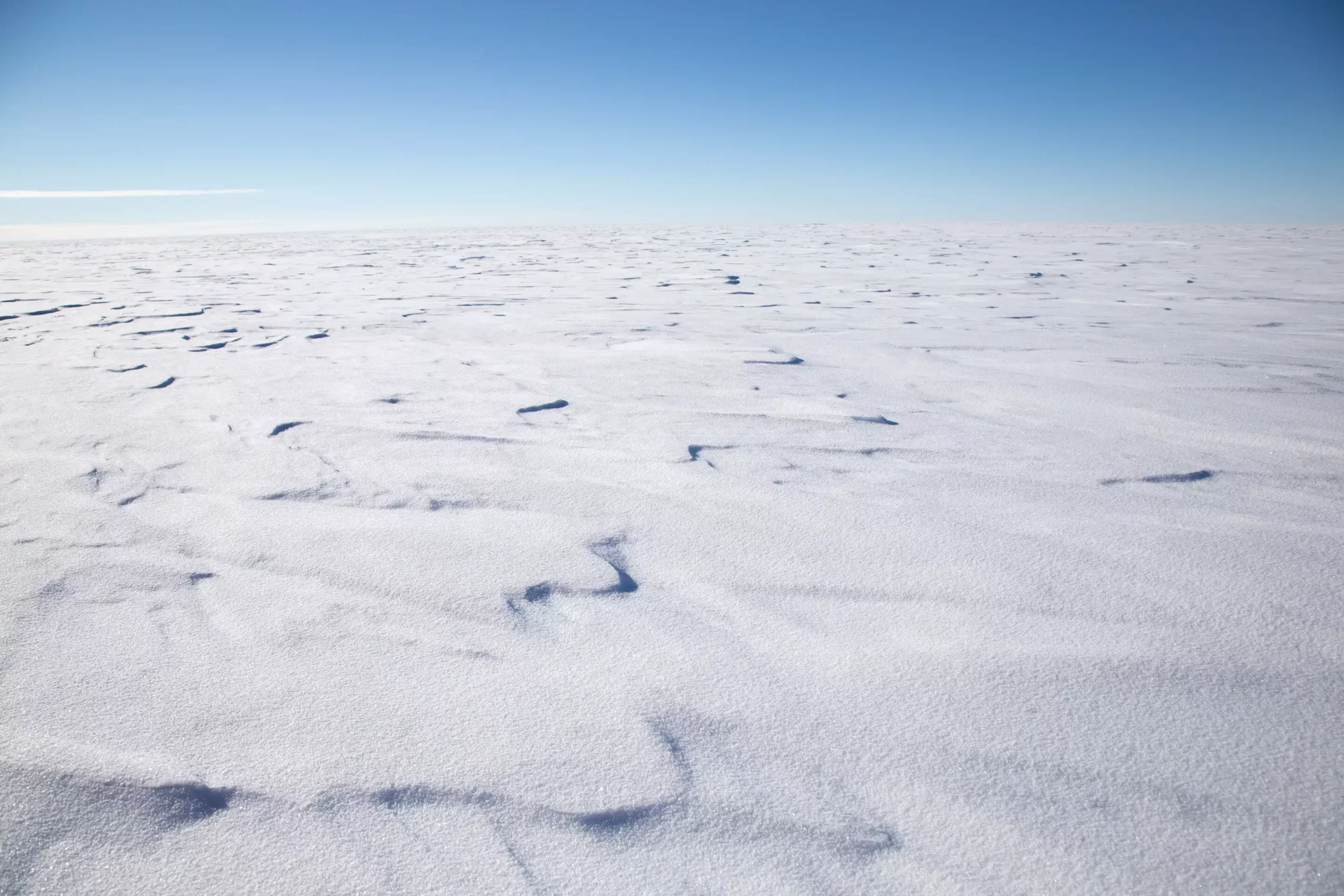Recent collaborative research between British and American scientists has unveiled alarming insights about the Thwaites Glacier in Antarctica, notoriously dubbed the “Doomsday Glacier.” This colossal ice mass, comparable in size to the state of Florida, is undergoing a significant transformation that scientists fear may wreak havoc on the global climate landscape. The study highlights a relentless acceleration in the glacier’s melting due to tidal forces at its base, igniting concerns about the stability of the entire West Antarctic Ice Sheet, which serves as a barrier to ocean waters. If this glacier were to disintegrate, projections indicate that sea levels could rise dramatically, signaling an urgent global crisis.
The Thwaites Glacier is not just a massive block of ice; it plays a critical role in maintaining the ice sheet’s structure. Thickening over the centuries to depths exceeding 2 kilometers (1.2 miles), Thwaites acts as a cork that prevents considerable volumes of ice from entering the ocean. It is the dynamics of its melting that have become a focal point for scientists observing climate change. Current models estimate that if Thwaites collapses completely, global sea levels could increase by about 3.3 meters, a staggering development that would have catastrophic implications for coastal cities across the world.
The ongoing melting is currently estimated at around 4.6 millimeters per year, but the accelerating process poses an ominous future. A comprehensive report from the International Thwaites Glacier Collaboration (ITGC) outlines that despite potential mitigations from initiatives like the Paris Agreement, the trajectory for Thwaites remains grim, with no clear indication of relief on the horizon.
Complex Mechanisms at Play
For over eight decades, Thwaites has been receding, but research highlights a concerning increase in this rate over the last three decades. Rob Larter, a marine geophysicist contributing to the study, states that our current understanding suggests an ongoing and increasing retreat. Scientists have deployed innovative technologies, including torpedo-shaped underwater robots, to analyze the conditions beneath the glacier. Findings reveal that a protective layer of cold water under the ice is gradually being compromised by warmer sea water invading through high-pressure tidal breaks, exacerbating the insulation issues essential for stabilizing the glacier.
As the grounding zone—the area where the glacier meets the seabed—begins to retreat under these changing conditions, the interactions become more complex. Since similar behavior has already been documented in Greenland’s glaciers, the implications of Thwaites’ melting could resonate well beyond Antarctic borders.
One of the most alarming possibilities raised by the researchers is the formation of towering ice cliffs exceeding 100 meters. Such formations, when coupled with potential warm currents, could lead to rapid calving of icebergs, resulting in what’s termed “runaway glacial retreat.” This scenario could elevate sea levels by several meters within this century, creating unprecedented challenges for human settlements reliant on coastlines.
Nonetheless, the scientists caution that while the risk is present, the timing and likelihood of these catastrophic events remain uncertain, as the science around glacier dynamics develops. Importantly, the irreversible nature of Thwaites’ retreat is still an unresolved debate, which invites further investigation into the balance between ice loss and replenishing snowfall.
The Climate Change Connection
Weather patterns in Antarctica are influenced by global climate fluctuations, which result from increasing greenhouse gas emissions. This larger climate crisis presents a dual-edged sword; while heavy snowfall can replenish lost ice, this comfort is temporary. If global warming progresses, we may see a shift from beneficial snowfall to rain and melting, intensifying the glacier’s decline from both the surface and the base.
Michelle Maclennan, a climate scientist from the University of Colorado at Boulder, remarks on the imbalance created by more ice being lost than snow can replace. This fact highlights an urgent need for effective climate action. As the world grapples with the pressing challenges of climate change and rising sea levels, the fate of the Thwaites Glacier serves as a crucial indicator of our environmental impact and the pathways we must take to prevent widespread consequences.
As researchers continue to untangle the complexities of Thwaites Glacier’s behavior, it stands as a poignant reminder of the interconnectedness of our ecosystems and the urgent necessity for global stewardship in mitigating climate change impacts. The clock is undeniably ticking; the choice of action lies in our hands.


Leave a Reply